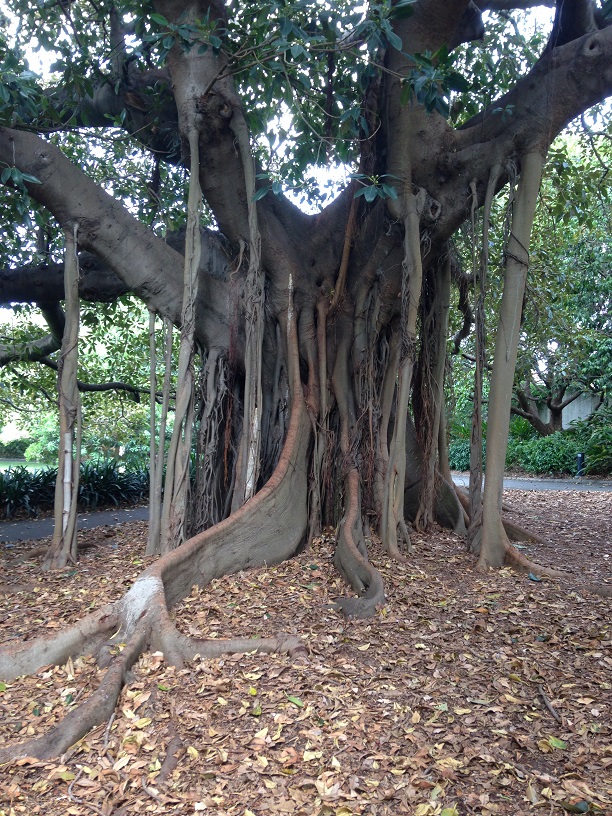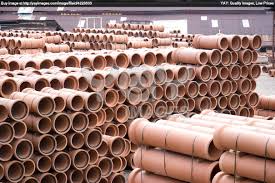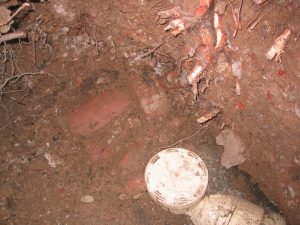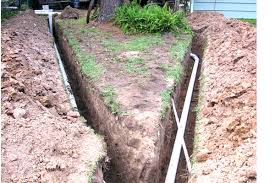Archives
Do summer rains make stronger tree root growth?
Summer rain can encourage stronger tree root growth. Trees need water to survive, and during the summer months, when the weather is hot and dry, adequate water is essential for the tree’s survival. Rainfall during the summer can provide the necessary water for the tree’s roots to absorb and grow.
Additionally, summer rain can also help to loosen compacted soil, allowing the roots to penetrate deeper and spread out more easily. This can lead to stronger, healthier root systems that are better able to support the tree.
However, it’s worth noting that heavy rainfall can also cause soil erosion and can lead to waterlogged soil, which can suffocate tree roots and inhibit their growth. It’s also good to note that, while water is important for tree growth, too much water can also be harmful.
It’s important to note that while water is important, it’s not the only factor that affects tree growth. Other factors like temperature, sunlight, soil nutrients, and pests also play a significant role. A well-balanced environment with adequate water and other factors is essential for a tree’s healthy growth.
Whether we have wet or dry summers, the nutrients or natural fertiliser available in sewer pipes makes them a magnet for the searching tree roots of many species. Our experience has seen that if trees can “drink” the abundant water available during summer rains, the tree roots will swell and cause more blocked drains.

Tree roots don’t like wet feet
Even though tree roots get into pipes seeking water, they don’t like to be in the water all the time.
Excavated soil allows the fine tree roots to move along the top of and into the pipe joints and then down into the water flow.
In permanently water charged ground, tree roots rarely appear in the sewer because they don’t like to be continually immersed in water.
Tree roots enter pipes through the joints
Clay sewer pipes provide a great opportunity for tree roots to get into your pipeline.
These pipes are usually 2-3 foot or 600-900mm long and there could be up to 50 individual pipes, bends and junctions in a 30 metre (100ft.) pipeline.
That means there are at least 50 pipe joints for a tree to get its roots into your sewer pipes and helps explain why you can have multiple blockages in your pipes.
To excavate and repair or reline where the tree roots are getting in today doesn’t mean the tree roots won’t get in a little further downstream.
Vaporooter treats every joint in the pipeline.

Tree roots get in through the joints
Tree roots grow through pipe joints.
Tree roots usually enter your pipe line through the pipe joints.
Did you know each clay sewer pipe is usually 2-3 foot long? That’s 600-900mm each.
So, in a pipe line 100 feet in length (30 metres), there could be up to 50 individual pipes with bends and junctions.

That means there are at least 50 different places for tree roots to get into your sewer pipes.
That’s a lot of opportunity for tree roots searching for moisture in our hot Australian climate where rainfall is unpredictable.
If you’re considering pipe relining, root cutting or a pipe renewal as options for keeping the roots at bay, remember, the tree roots can just move down to the next pipe joint that hasn’t been protected.
How tree roots get into pipes #3

Tree roots grow into cracks in the joints of sewer pipes that may have been there even before the pipes were used.
Hard to believe but envisage this.
Your friendly plumber has dug a trench, laid the new earthenware pipes, cemented all the joints, then proceeded to back fill the trench.
The very process of backfilling the trench is enough to put pressure and fine cracks in the cement joints.
That is just enough to let the tree roots know that warm condensation is nearby.
When will you do my Vaporooter?
I just had a phone call from Deborah wanting to know when we are doing her annual Vaporooter treatment.
Deb said “You usually come at the end of October. You’ve been coming every year since 2010.”
“Oh, my pipes aren’t blocked but, I don’t want to go back to those days with horrible sewage overflowing and my toilet won’t flush” she said.
Deb has a large fig tree growing on the nature strip at the front of her home.
Don’t worry. We’ve got you covered Deborah
Apologies for the wind noise at the start of this 2.01 min clip.
How tree roots get into pipes #2
In my last post I described how tree roots can easily travel through soil that has been loosened by excavation to accommodate your pipe installation.
Do you know why tree roots grow in sewer pipes from the top of the pipe joints?
Condensation is formed when we run water from our water pipes, through our drains; especially when we have a hot shower, wash our clothes or dishes in hot or warm water.
When the warm water enters the drains buried in the cold earth, condensation is formed, and it gathers on the inside top of our sewer pipes and drains.
The tree roots moving through our already loosened soils can now move along the top of the pipelines and are attracted to the warmth and moisture inside. All they need now is a way into the pipe.
This 1.58sec clip shows how.
How tree roots get into pipes #1
Tree roots grow through trenches dug for plumbing pipes.
When plumbers excavate a trench in virgin soil to lay pipelines to take the waste water from your home, we till the soil.

That’s right, the simple method of excavating the soil with a shovel or even a mechanical excavator like a backhoe actually breaks up the soil.
After we complete our excavations and lay the pipes in the trenches, we back fill the trench, putting the excavated soils back.
Sometimes we water in the soil and quite often use a compactor to help with the back fill process.
Some pipe line excavations are back filled with an aggregate like blue metal gravel. Even so, the backfilled soil is never as compact as virgin soil. That provides the roots of nearby trees a much easier path to “wander” along in their search for water and nutrients.
Tree roots chase liquid gold in drains
Did you know tree roots chase the liquid fertiliser in sewer drains?
That’s because the waste water running through your pipes is a constant source of moisture and nutrients.
In our dry continent a sewer pipe is an easy target for a tree root system that plays the long game.

Most of us use our plumbing every day. When we brush our teeth, wash the dishes and of course shower and flush our toilets, we send the waste water off to the sewerage treatment works.
We are also sending liquid fertiliser along the pipes for our trees to feast upon.
That waste water usually runs along the bottom 1/3 of the pipe.
More on that later….
Cutting tree roots makes them grow thicker and stronger
Did you know when you cut tree roots from your blocked sewer pipes, they grow back thicker and stronger?
You see, getting a blocked drain specialist to cut tree roots with high-pressure water or an electric eel is like pruning your hedge or rose bush, it encourages tree root regrowth.

Over a long period, when the tree roots in your sewer pipes grow back thicker and stronger, it reduces the time between cuts. And blocked drains occur more frequently!
Eventually, the roots that grow in through the small cracks and joints in your sewer pipeline will begin to damage or break your pipes.
So is the only remedy to dig up that section of pipe and carry out expensive repairs?
No! Find out more about Vaporooter.
